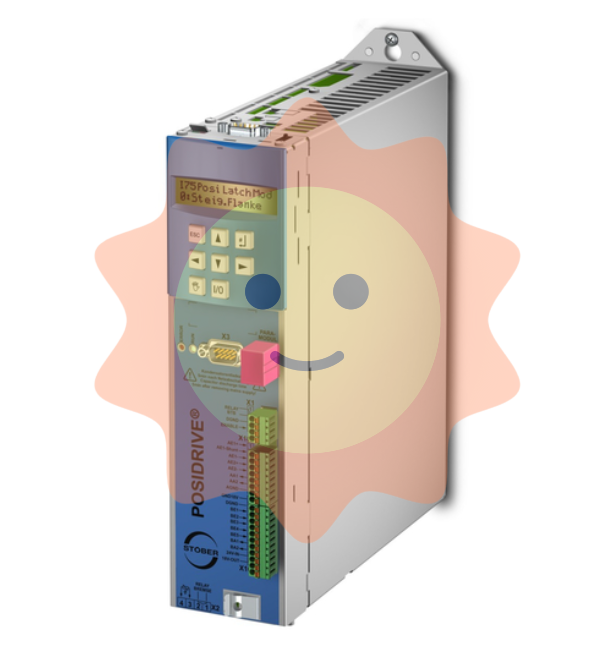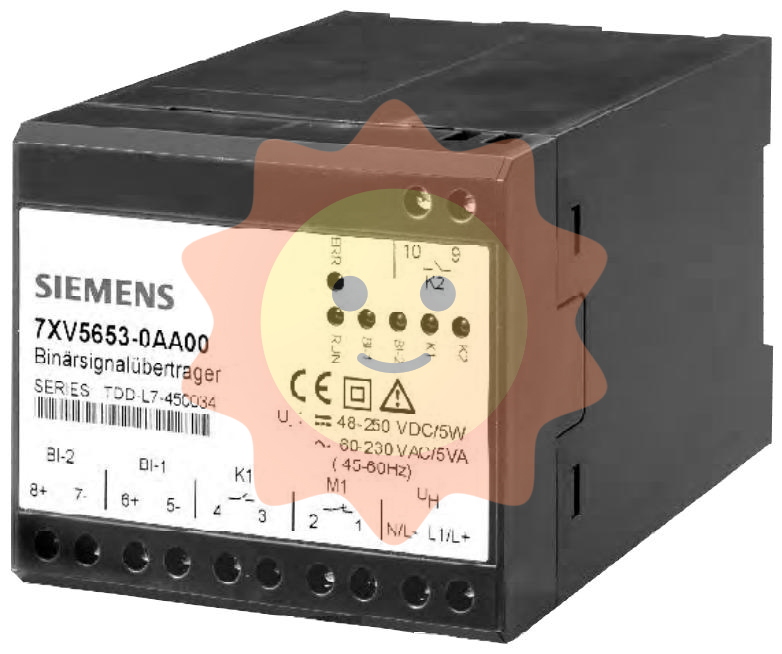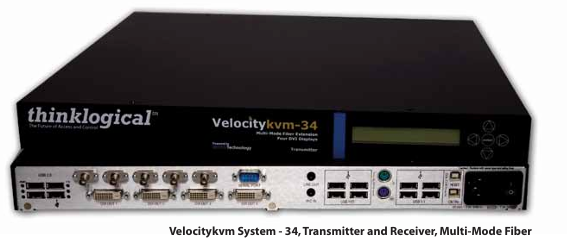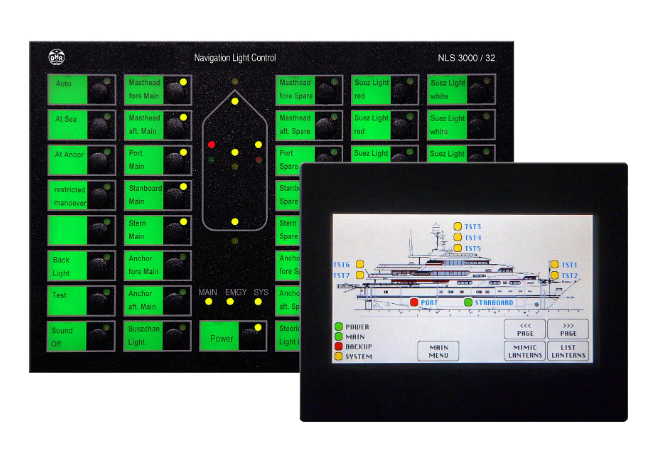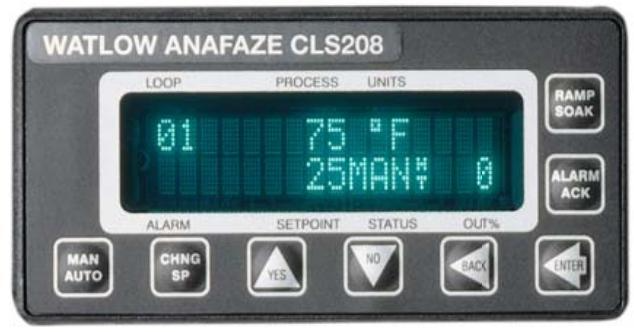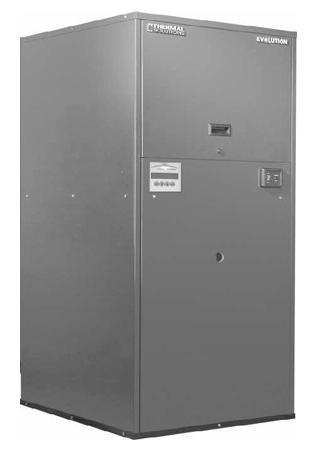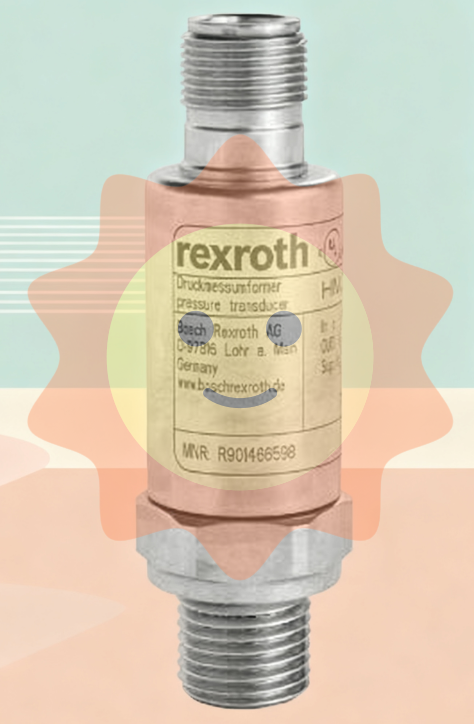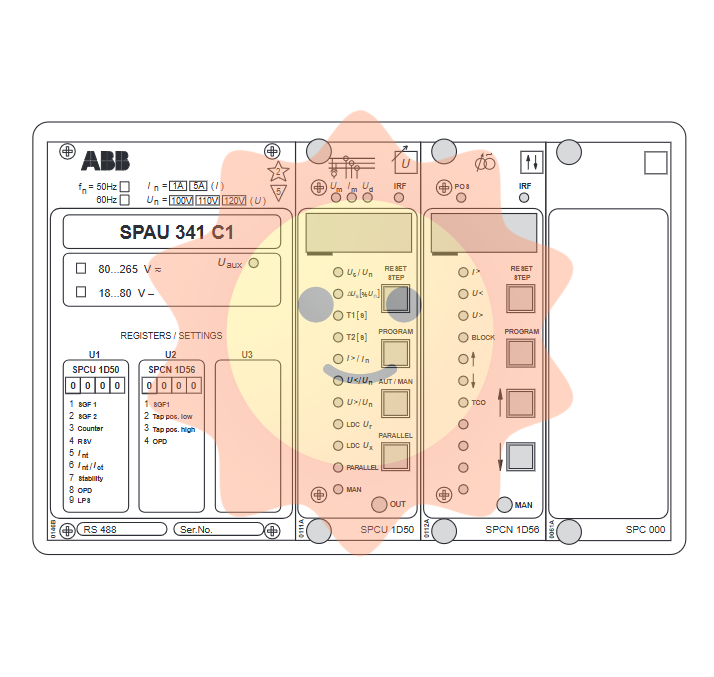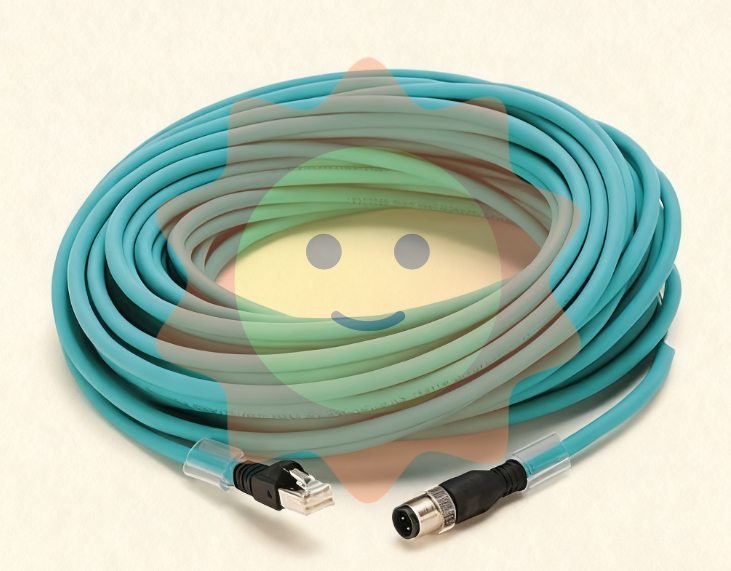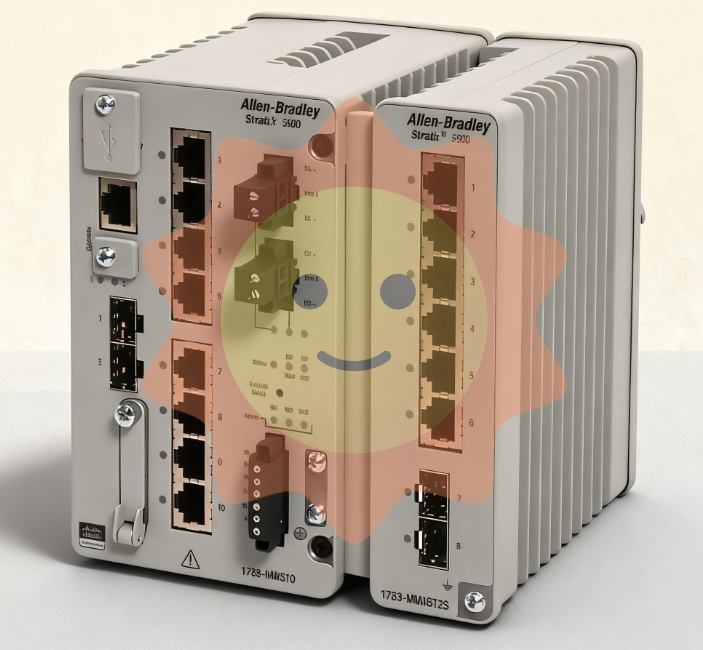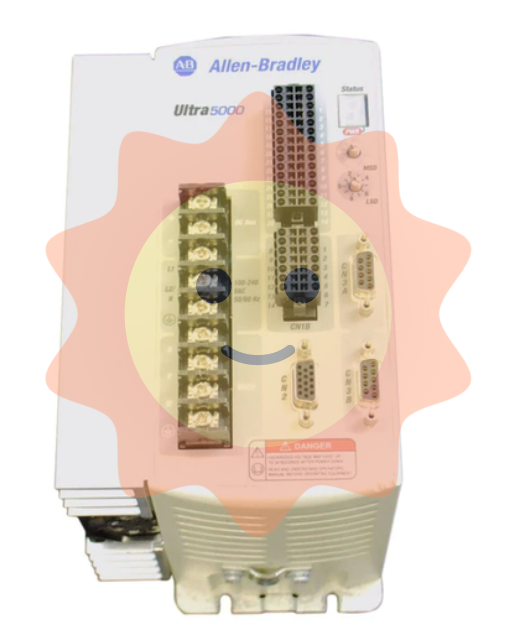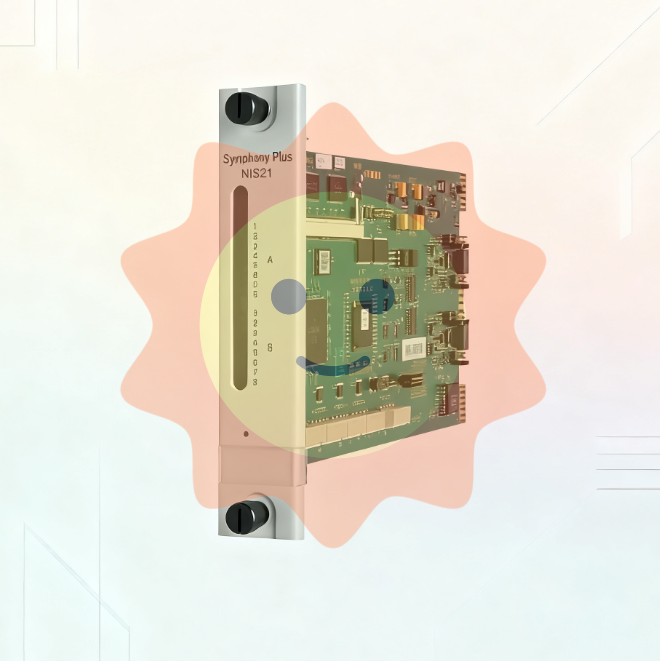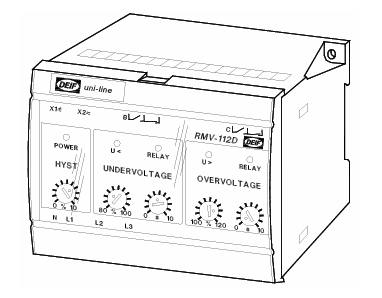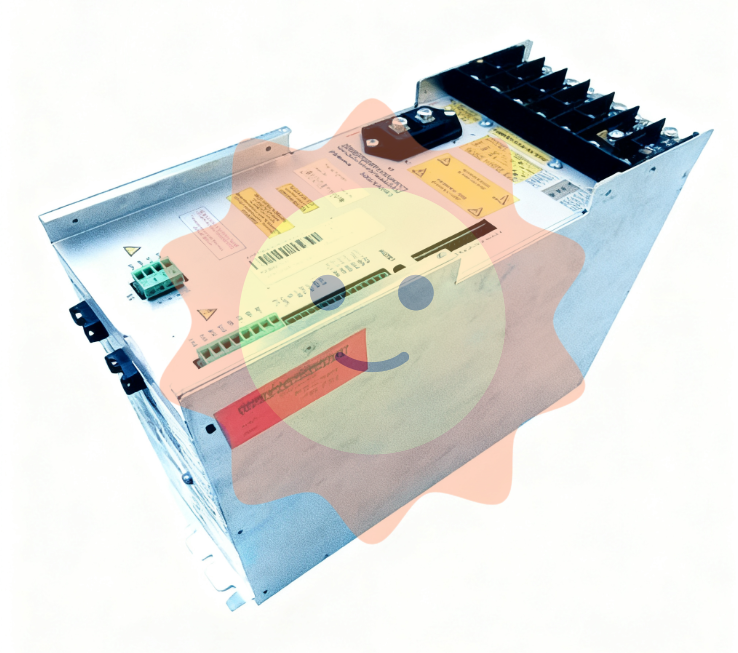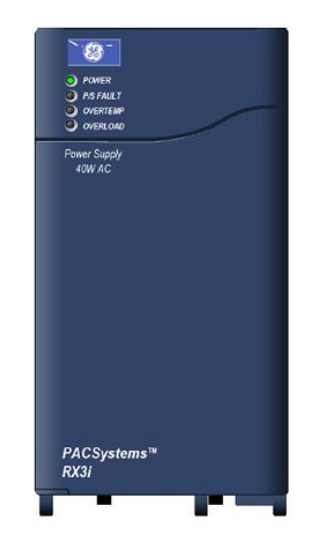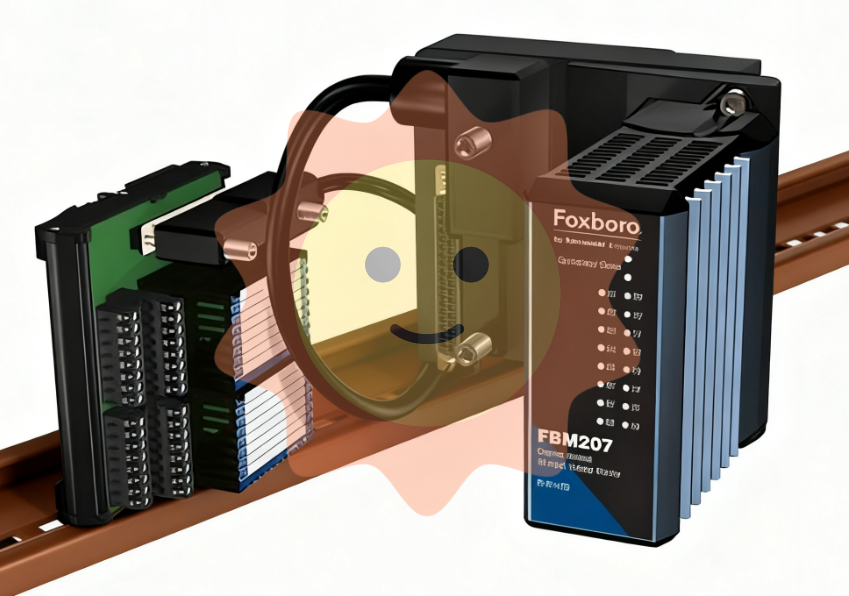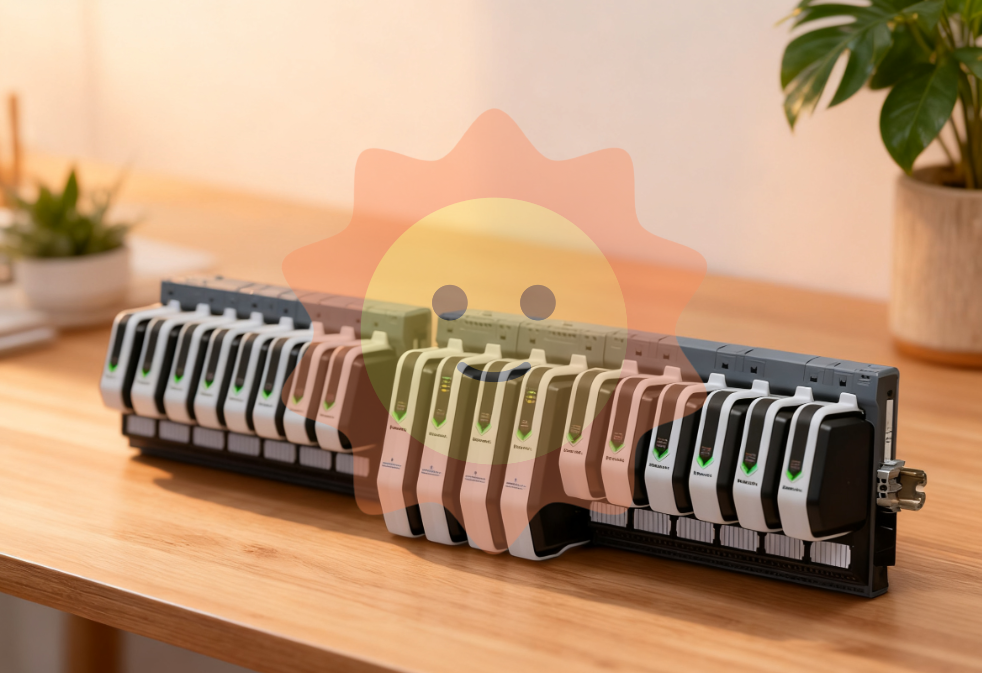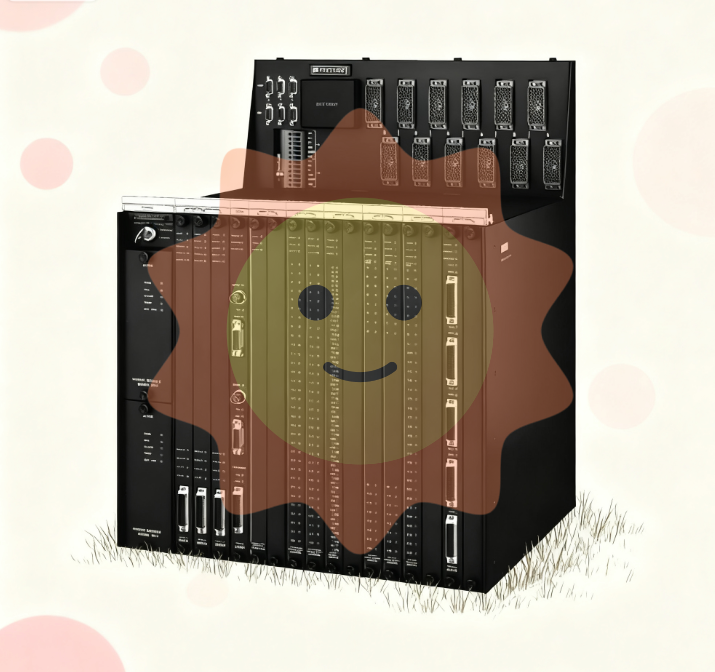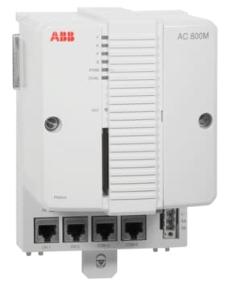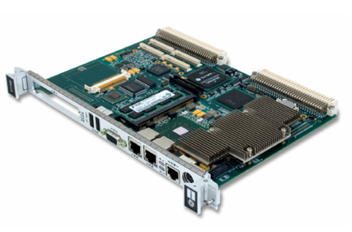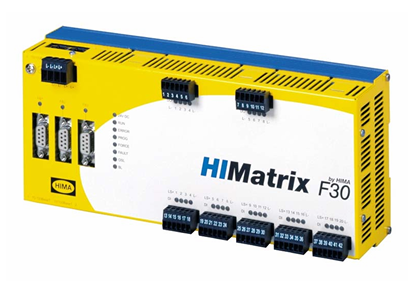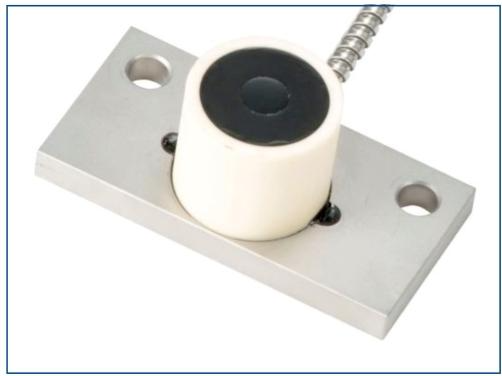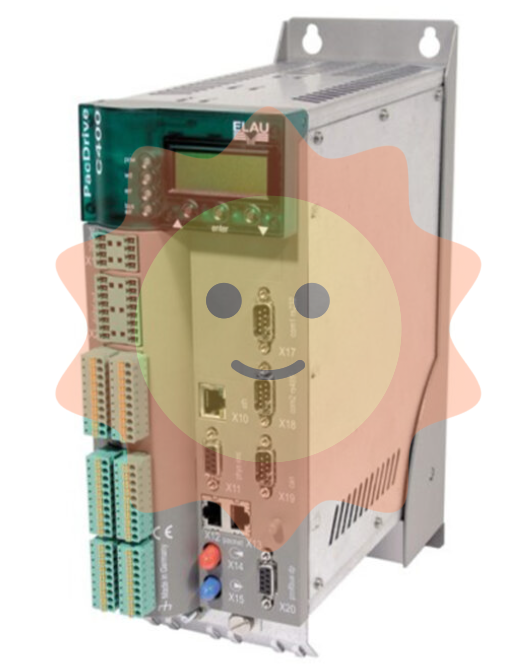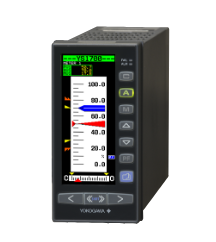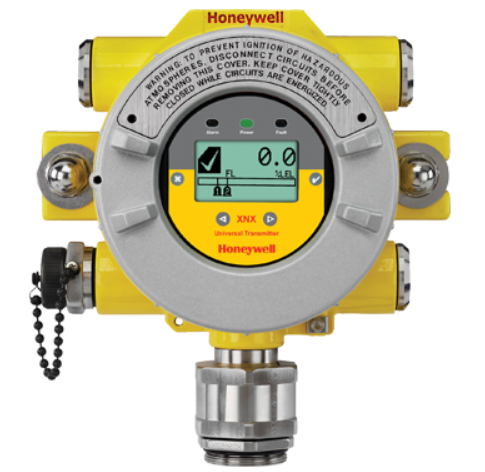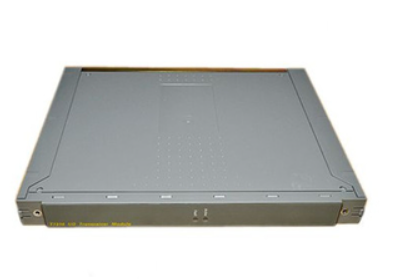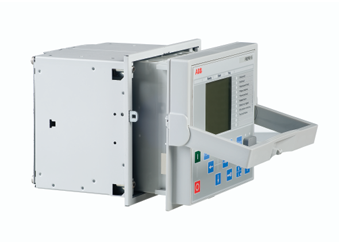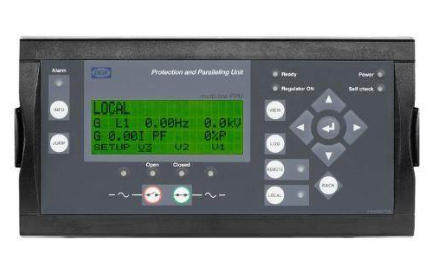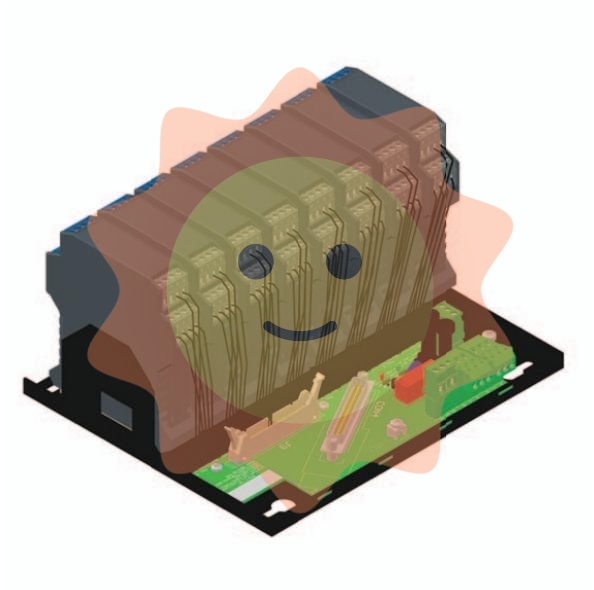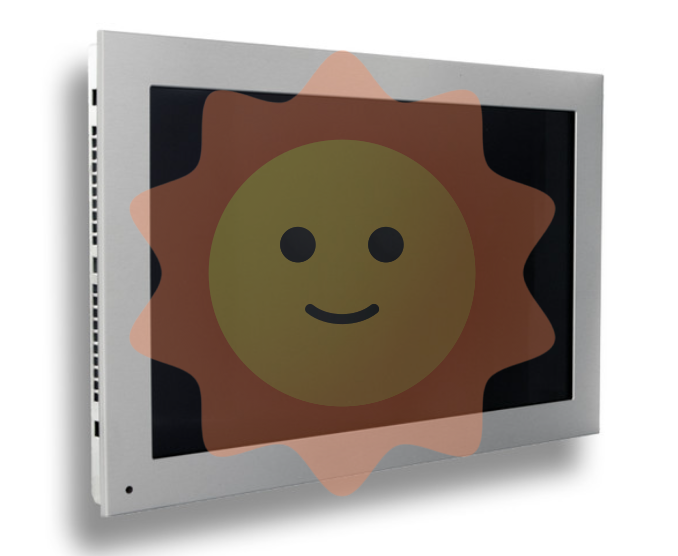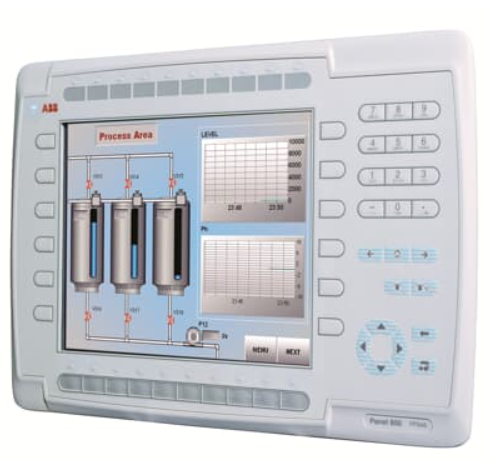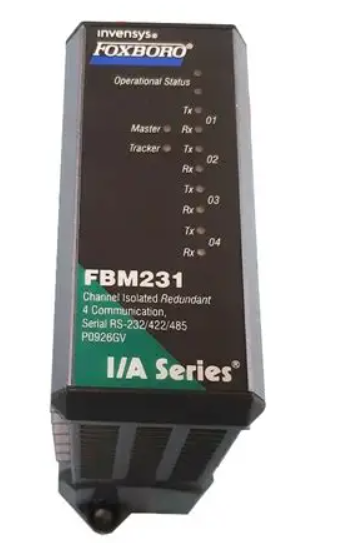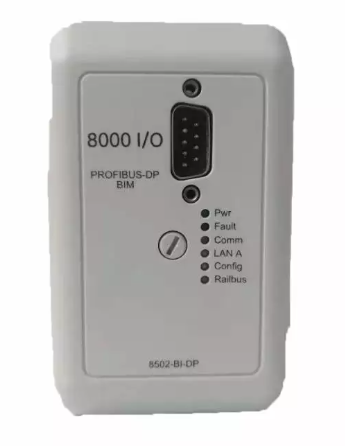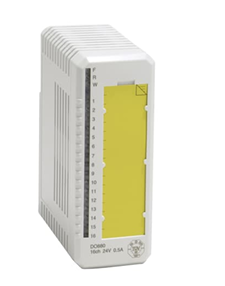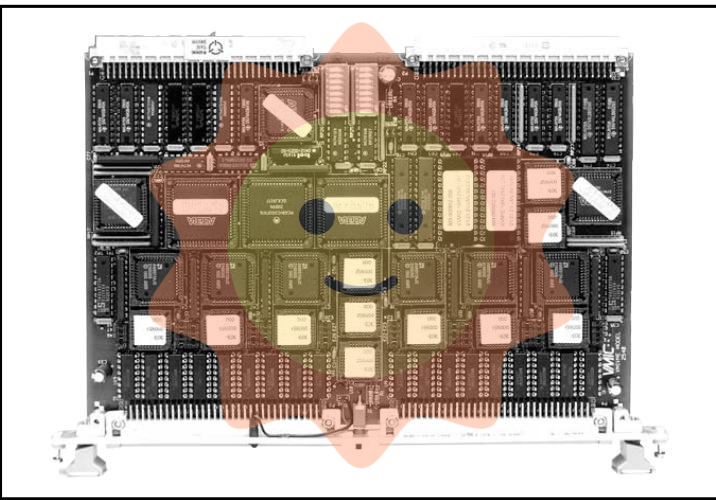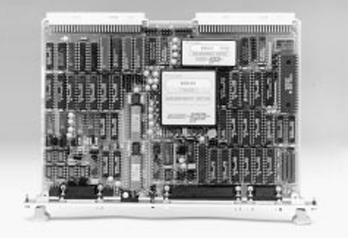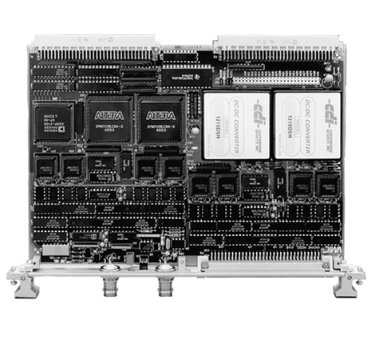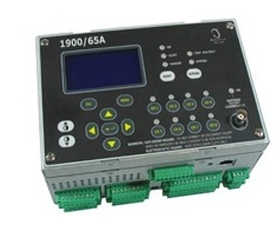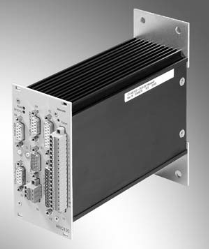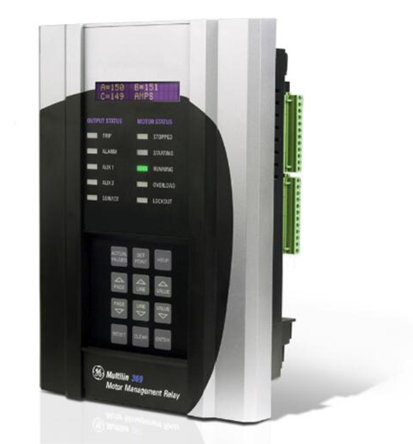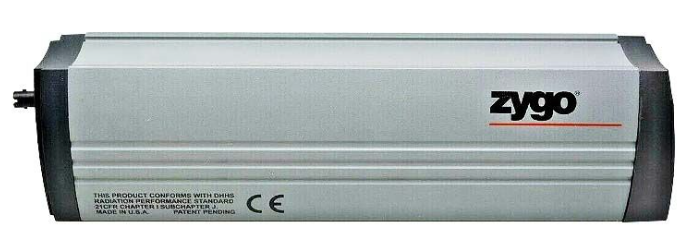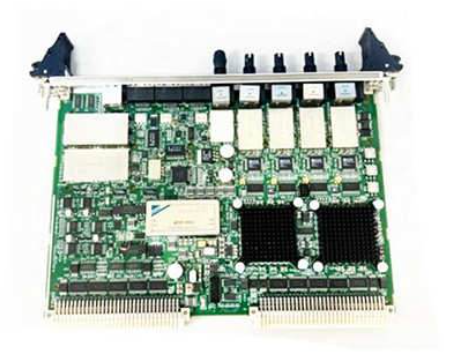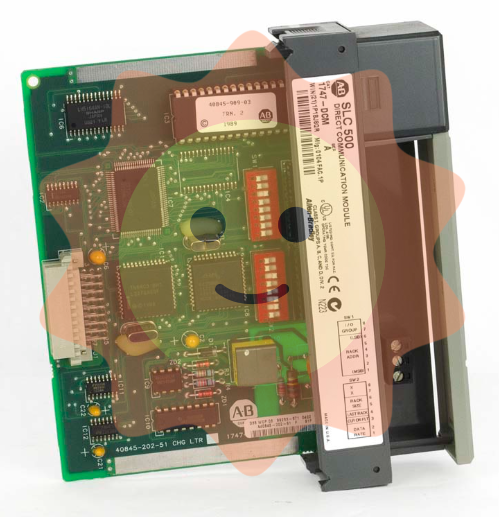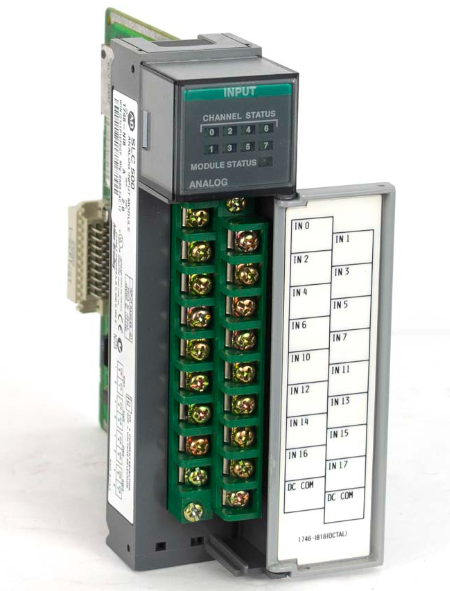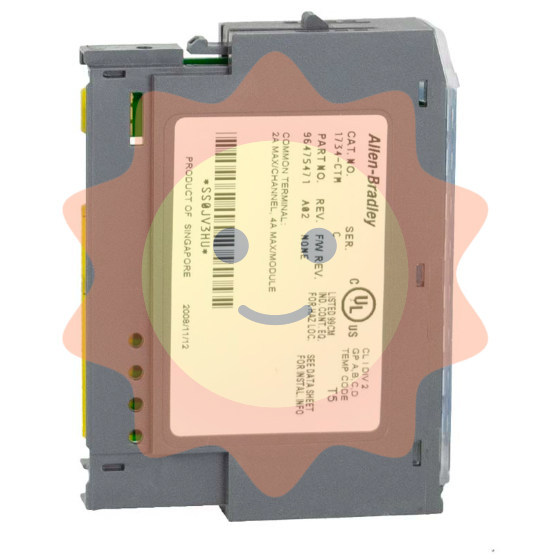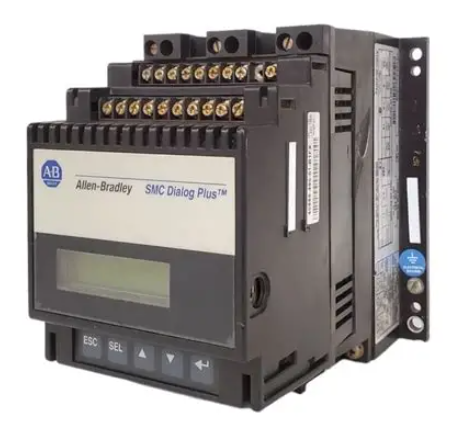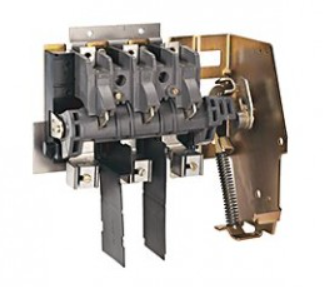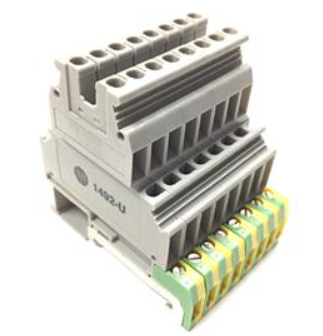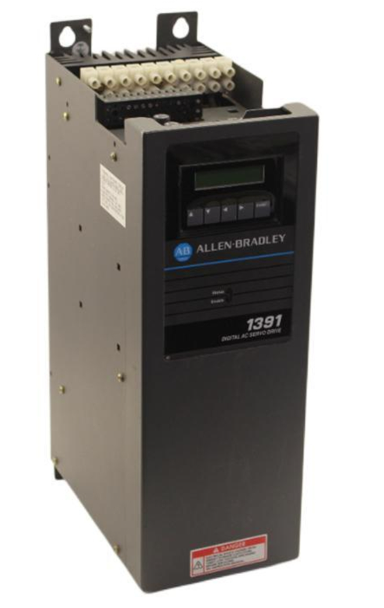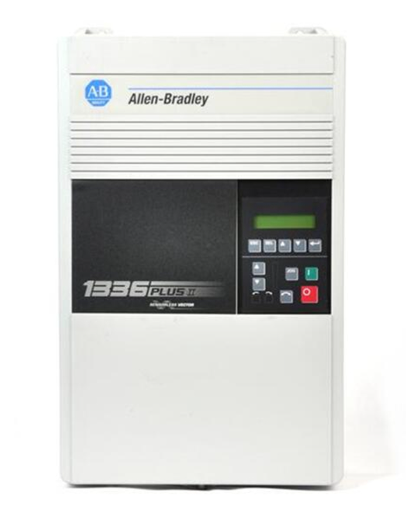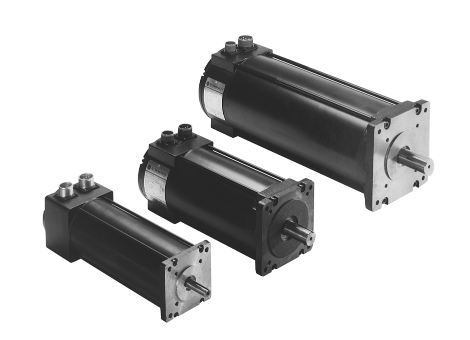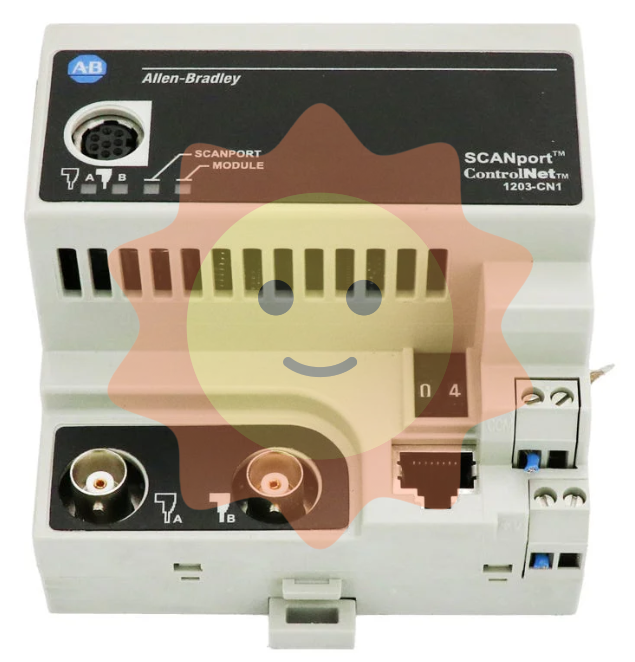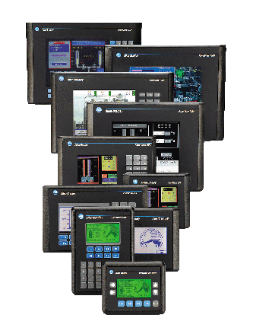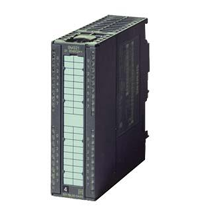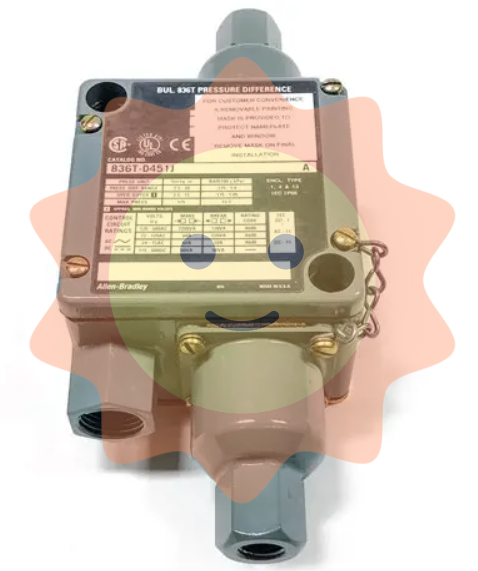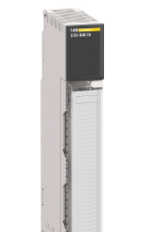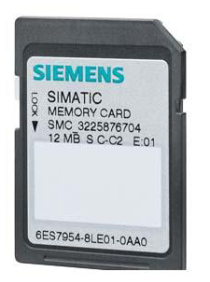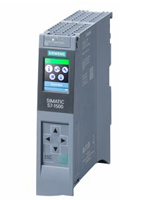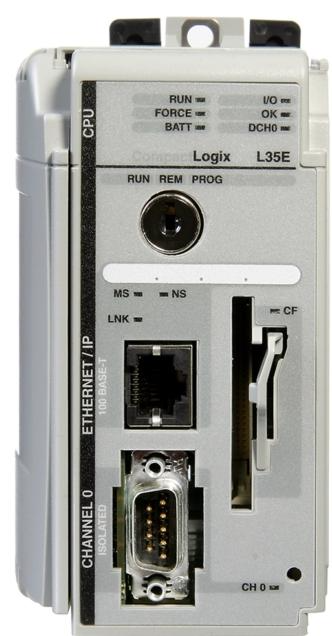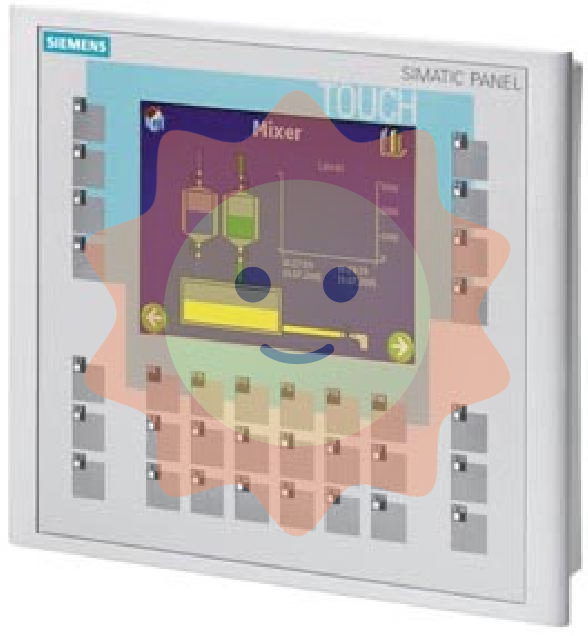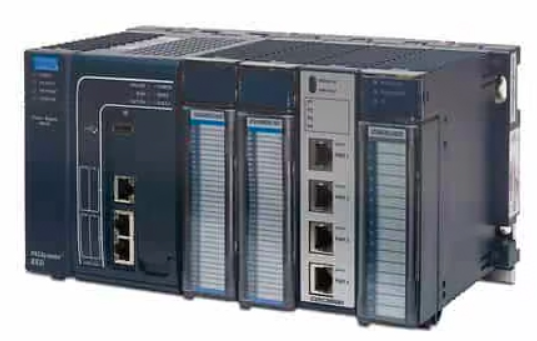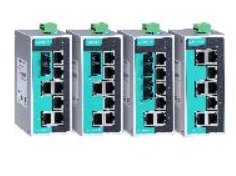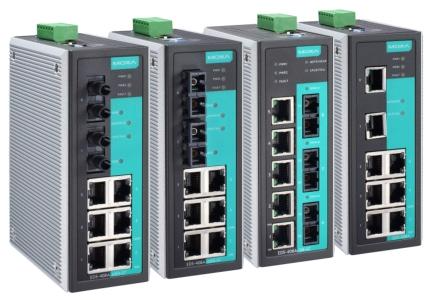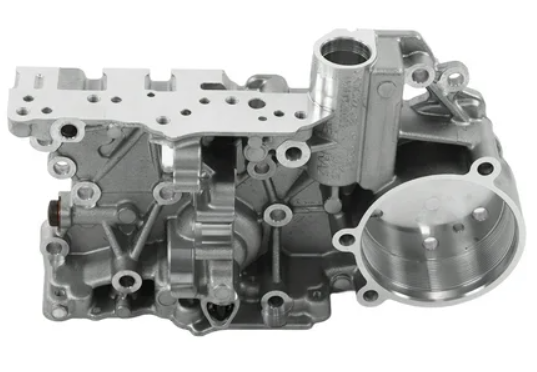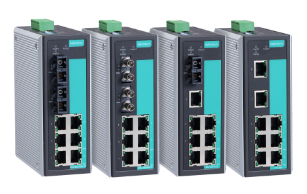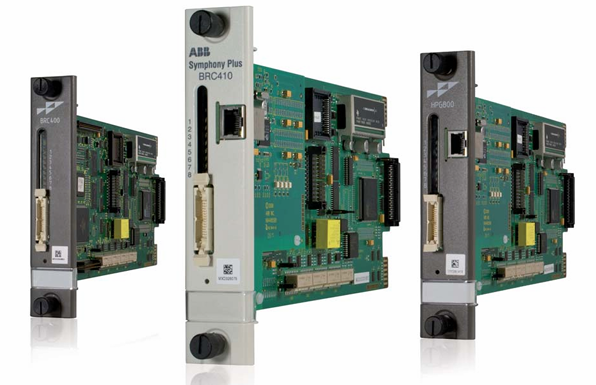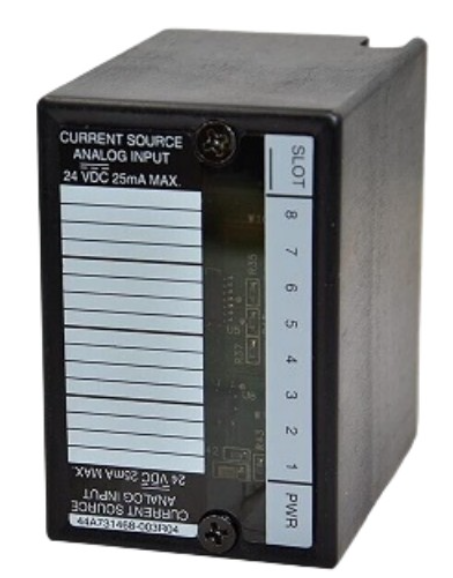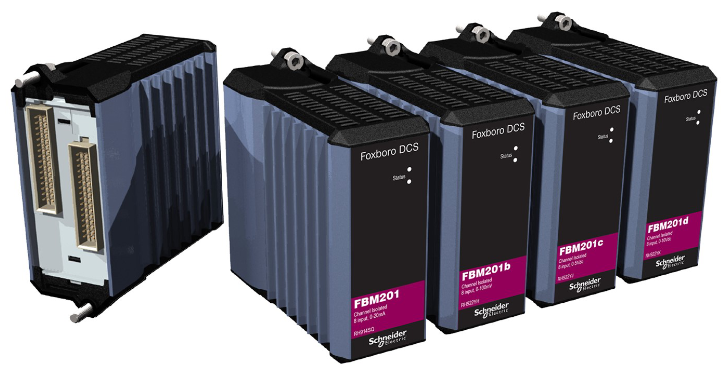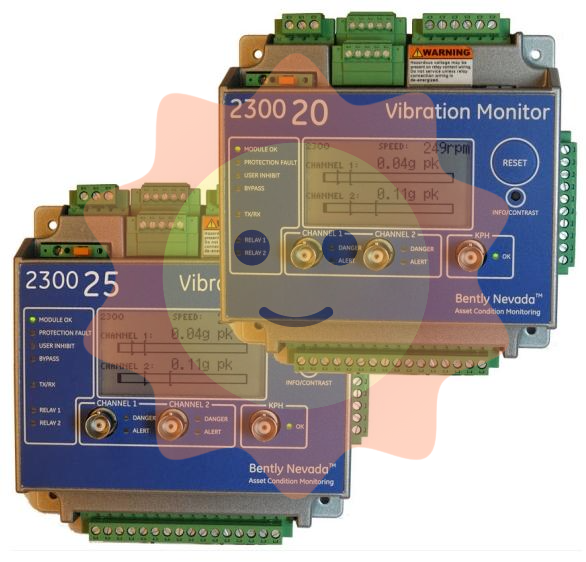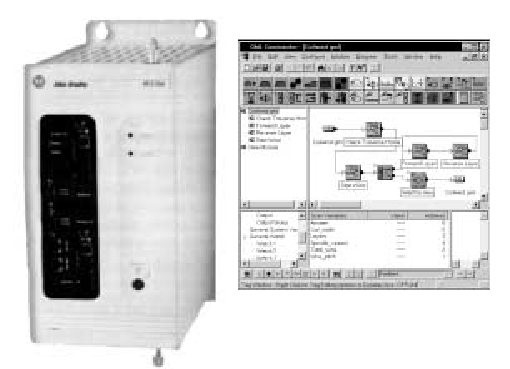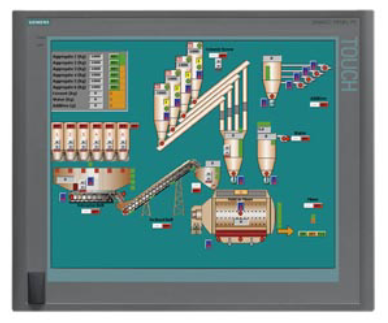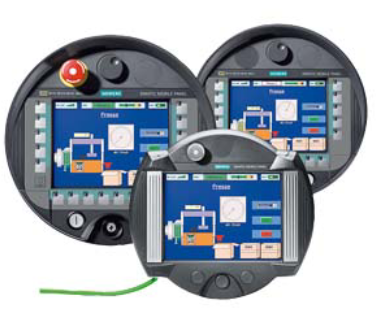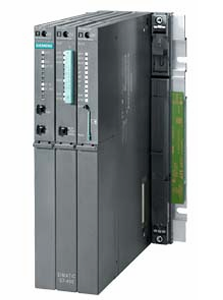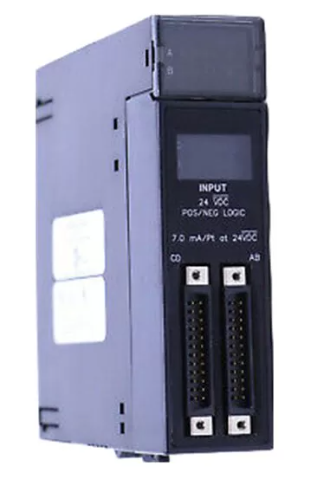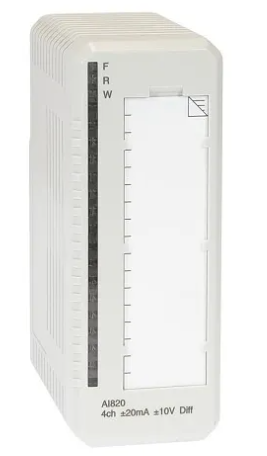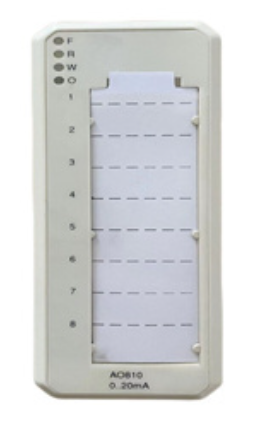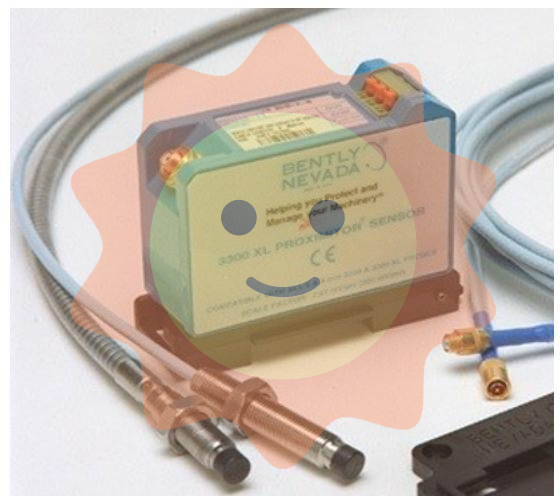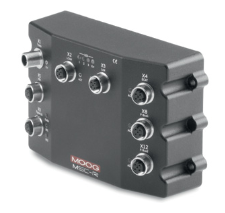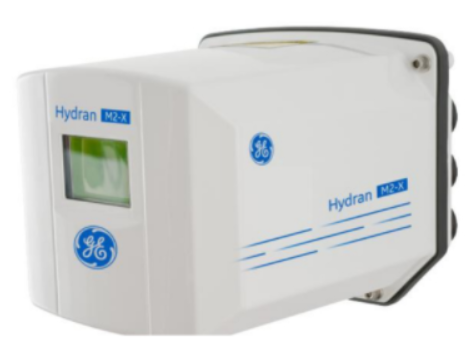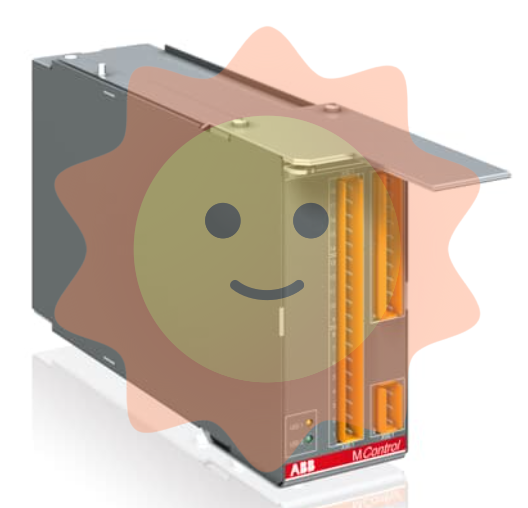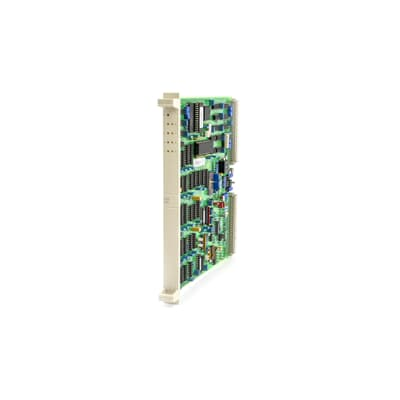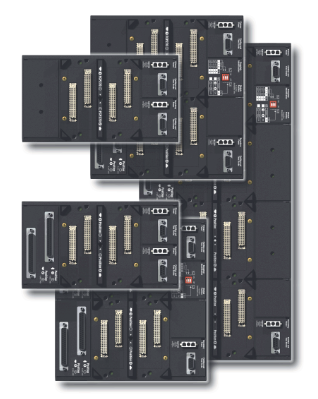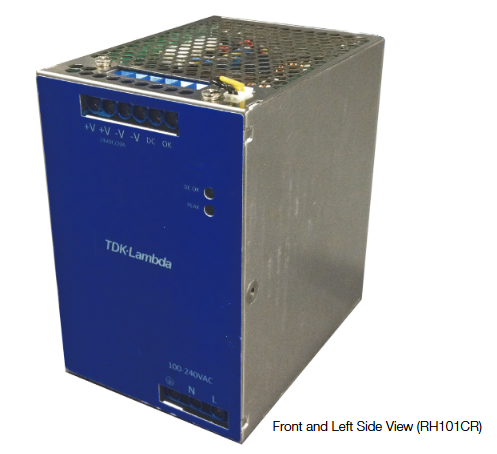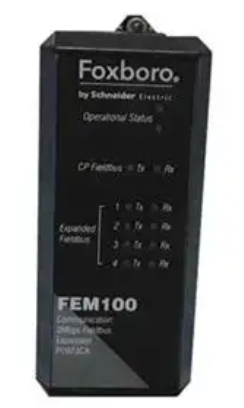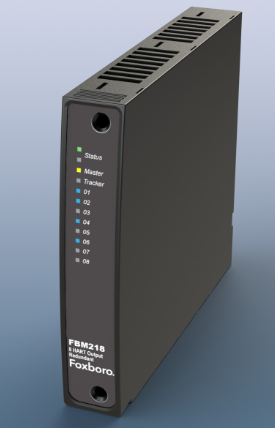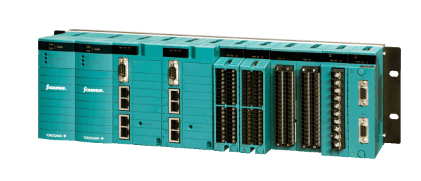ABB NKTM01-10 I/O Module to Termination Module Ribbon Cable
Basic Properties
Physical Characteristics:
APPEARANCE AND SIZE: Flat ribbon shape with a relatively narrow width to facilitate wiring inside compact industrial control equipment. Lengths are usually standard to meet the needs of different equipment connections, such as the common 10 feet or so, but other lengths may also be available.
Marking and Material: The cable is clearly marked with the model number ‘NKTM01-10’ and other necessary product information such as brand and batch. Its conductor is usually made of high-quality copper with good electrical conductivity and corrosion resistance, and the insulation is often made of materials such as polyester film or polyvinyl chloride, which can provide reliable insulation protection and a certain degree of mechanical strength.
Electrical characteristics:
Signal transmission type: mainly used for transmitting digital and analogue signals, it can accurately and precisely transmit the on-site sensor signals collected by the I/O module to the terminal module, and at the same time, it can also reliably transmit the control signals issued by the terminal module to the I/O module, so as to achieve the control and monitoring of on-site equipment.
Transmission rate and stability: with high signal transmission rate, it can meet the strict requirements of industrial automation control system on real-time and accuracy, and the signal attenuation is very small within the specified transmission distance, which can ensure the integrity and stability of the signal, effectively reduce the signal distortion and BER, and guarantee the reliable operation of the system.
Rated voltage and current: the rated voltage is generally designed to be around 300V to adapt to the common voltage range in industrial sites, while the rated current is determined according to the specific application scenarios and the load requirements of the connected equipment, and usually meets the current transmission requirements under normal working conditions.
Functions and Roles
Ensure signal transmission between modules: as the key connecting part between I/O module and terminal module, it can reliably transmit various types of signals, including digital input/output signals, analogue input/output signals, etc., so as to achieve efficient communication and data exchange between the two modules and ensure the normal operation of the whole control system.
Ensure the stable operation of the system: its good electrical and mechanical properties help to reduce interference and faults in the signal transmission process, improve the stability and reliability of the system, reduce the maintenance cost and downtime of the system, and play an important role in ensuring the industrial production process.
Application Fields
Industrial automation field: It is widely used in various industrial automation production lines, such as chemical, iron and steel, paper making and other industries, for connecting I/O modules and terminal modules in production equipment, realising automation control and monitoring of production process, improving production efficiency and product quality.
Power system: In power plants, substations and other places, it can be used to connect the I/O modules and terminal modules of the monitoring system of the generator set, the automatic protection system of the substation and other equipments to realise the remote monitoring and automation control of the power equipments and ensure the safe and stable operation of the power system.
Intelligent building field: In the automation control system of intelligent buildings, it is used to connect I/O modules and terminal modules of sensors, actuators and other devices in the building control system to realise centralised control and automation management of various devices in the building, such as lighting system, air-conditioning system, security system and so on, so as to improve the efficiency of energy utilisation and the comfort level of the building.

- User name Member Level Quantity Specification Purchase Date
- Satisfaction :
-









Email:wang@kongjiangauto.com









